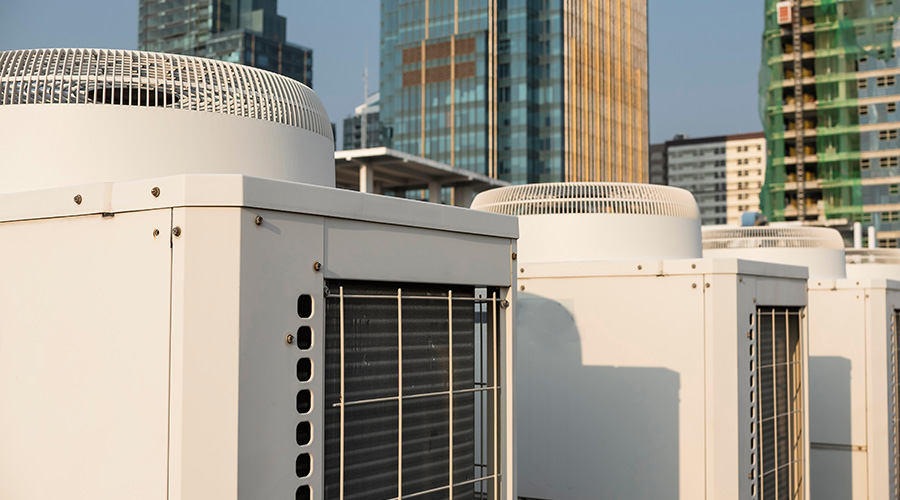Technology, Changing Workforce Helping to Drive Green Office Design Changes
Although there are a number of forces enabling the transition to more flexibility in workspace design, two of the biggest are technology and a changing workforce. With laptops and wireless Internet connections now common in offices, workers can take their computers with them as opposed to being tethered to a desk. That applies inside the building as well as out. If four team members need to collaborate on one particular item, they can meet in a conference room or an open area and still have all the information they need at hand, instead of exchanging notes or emails from their individual desks. This allows for more efficient interactions on team projects.
As for the workforce, it's becoming more open to the idea of this flexibility as the next generation enters. HOK teamed up with the International Facility Management Association (IFMA) on the development of the "Distributed Work Research Report," a survey of distributed work — defined, simply, as work that is spread out among teams and performed in variable locations at varying times — and employee attitudes regarding it. In response to a question about how much appeal distributed work had to employees, 71 percent of employees under the age of 30 said it had a "strong appeal." In contrast, only 15 percent of workers 50 and older said the same.
Think about it this way: For one of those under-30 workers, what's the difference between four people sitting around a table at work with laptops and four people doing the same in a dorm?
"For companies that are finding these large private offices aren't being used, they're spending their money on the spaces where people come together," Mizell says. "You can't just take away space and not give anything back. It's where you're taking the space from and where you're giving it back."
Collaborative spaces don't have to be limited to group activities. These spaces can be designed with an eye on how many people they can accommodate during the times when more employees than usual are on hand. So, if there is room for 20 employees in one area, plus a conference room that four employees can use on a temporary basis, that means there are 24 seats if it's a full house.
"With the move to more collaborative settings, there are seats that are being used for one-on-one meetings or three-person meetings that can be used (by individuals) on that one day every two weeks when that team member comes in," says Bryant Rice, director, DEGW.
Related Topics:














